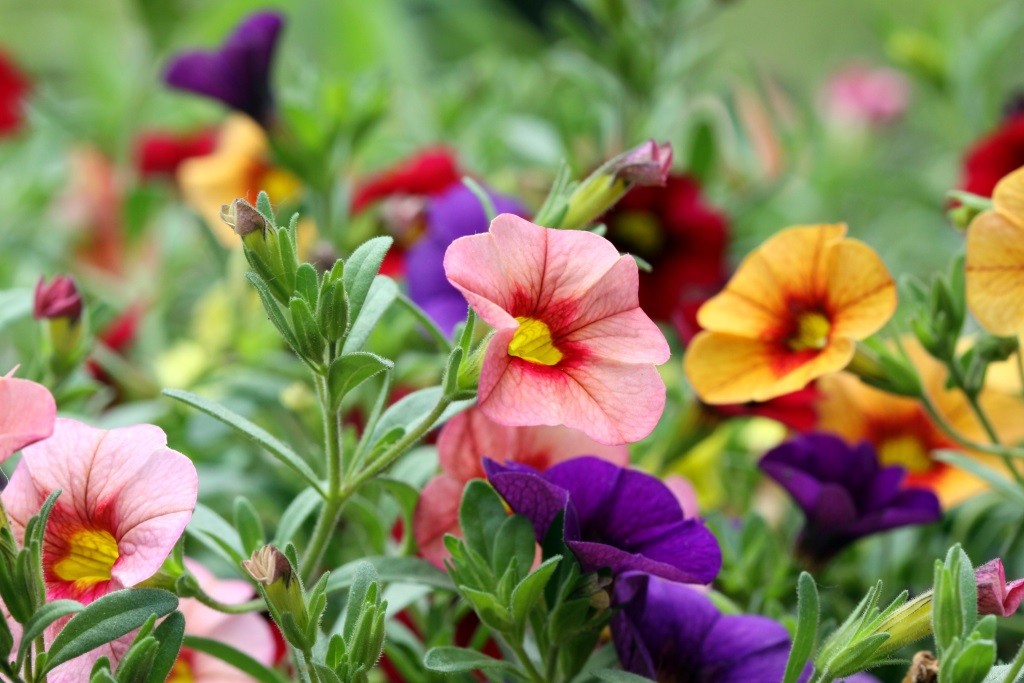Earth Day, 2011 It was a short hop on the social network tree from James Fallows to the New America Foundation, and then to a 2006 NPR interview with Michael Lind on Eisley’s Immense Journey essay on flowers. Lind was struck by Eiseley’s essay “How Flowers Changed the World,” in which Eiseley recounts the remarkable point on the Earth’s timeline at which a new, encased-seed (angiosperm) technique for spreading genetic information arrived.
The fantastic seeds skipping and hopping and flying about the woods and valleys brought with them an amazing adaptability. If our whole lives had not been spent in the midst of it, it would astound us. The old, stiff, sky-reaching wooden world changed into something that glowed here and there with strange colors, put out queer, unheard of fruits and little intricately carved seed cases, and, most important of all, produced concentrated foods in a way that the land had never seen before, or dreamed of back in the fish-eating, leaf-crunching days of the dinosaurs.
Lind wisely identifies the risks Eiseley and other poet-scientists like him take when they use “figurative language with mystical or theological overtimes,” yet we are still moved by those leaps to accept Eiseley’s inspirational cinematic imagery. Eiseley considered the importance seeds came to have for humans and concluded that “the weight of a petal changed the face of the world and made it ours.”

